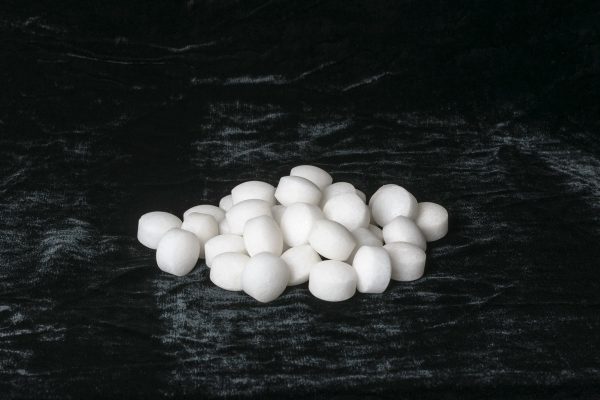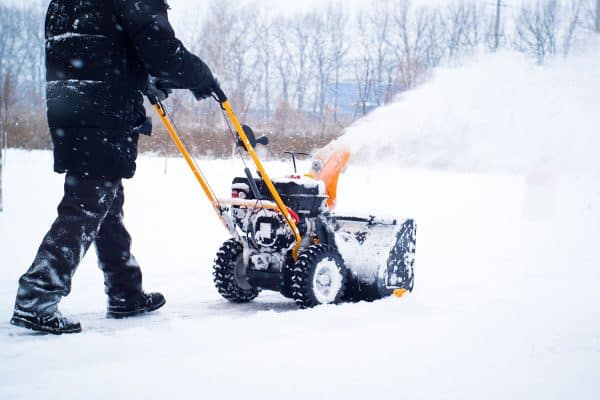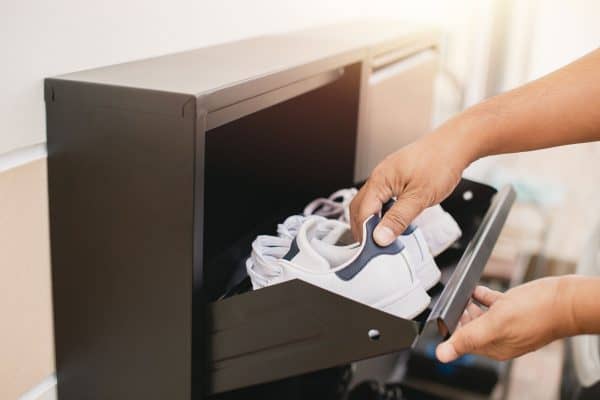Now all you need to do is to store leftover paint, and the garage is the first place that comes to mind. It's a great storage location, however, there are certain rules, especially when storing paint. We have researched everything you need to know so that you can keep paint in an appropriate environment.
The best way to store paint in the garage is to seal the lid tightly by tapping the edges using a rubber mallet, then covering the top part with a plastic wrap. Ensure the garage temperature is between 60 to 70 degrees Fahrenheit to prevent the paint from hardening or getting spoiled. Here are the ways:
- Your garage must be insulated or climate-controlled
- Make use of good quality storage containers
- Clean the lid before sealing
- Ensure the lid is airtightly sealed
- Place the cans of paint on shelves
- Check the garage temperature occasionally
The garage is not the most ideal place to store paints. However, if it is the only available area, then we are here to help you with this issue. Remember, paints need to be airtight to guarantee their longevity, and there are specific ways to do this.
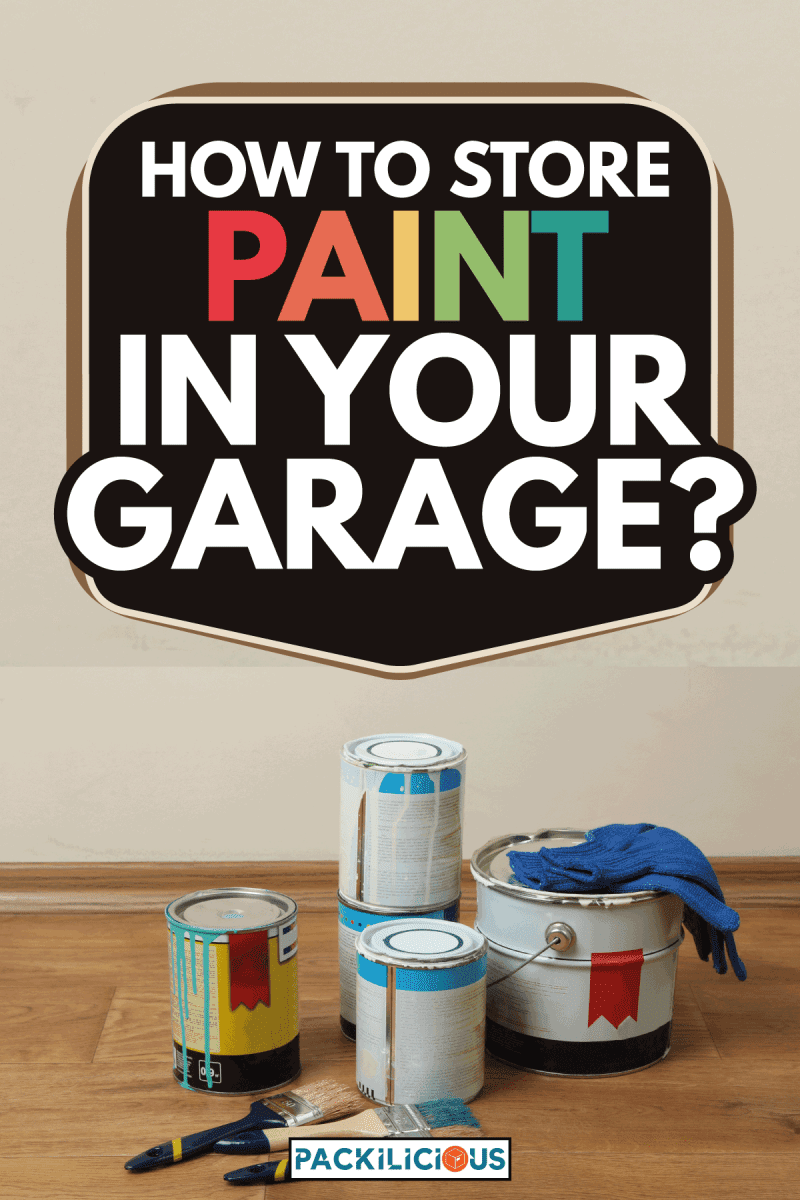
What to avoid when storing paint?
Before we proceed with the issue at hand, it is important to know what to avoid when storing paint. Since this material is flammable, it is best to store it away from sources that could cause it to burn.
Exposure to direct sunlight and heat sources such as water boilers, heaters, radiators, and furnaces can also speed up deterioration.
Is it advisable to store paint in a garage?
It is of best interest to be aware that storing paint in the garage is not the most optimal location. Paint must be kept in a cool, dry place. Since the temperature in this area is extreme and fluctuates, or is not regulated, the paint can become unusable.
Paint consists of various elements such as pigments, binders, and solvents. The first two are solidly based while the latter substance is liquid. These chemicals separate when stored, and will most likely react with the temperature. That is why they can go bad or degrade, especially if not stored properly.
Take note that current paint materials are more versatile and are able to withstand extreme temperature changes but only for a shorter period of time. If you still intend to store these items for a longer timeframe, ensure that your garage is heated or climate-controlled.
Although it is not recommended, there are still ways you can guarantee the longevity and quality of your paints even though they are being kept inside your garage.
Ways to Store Paint in the Garage
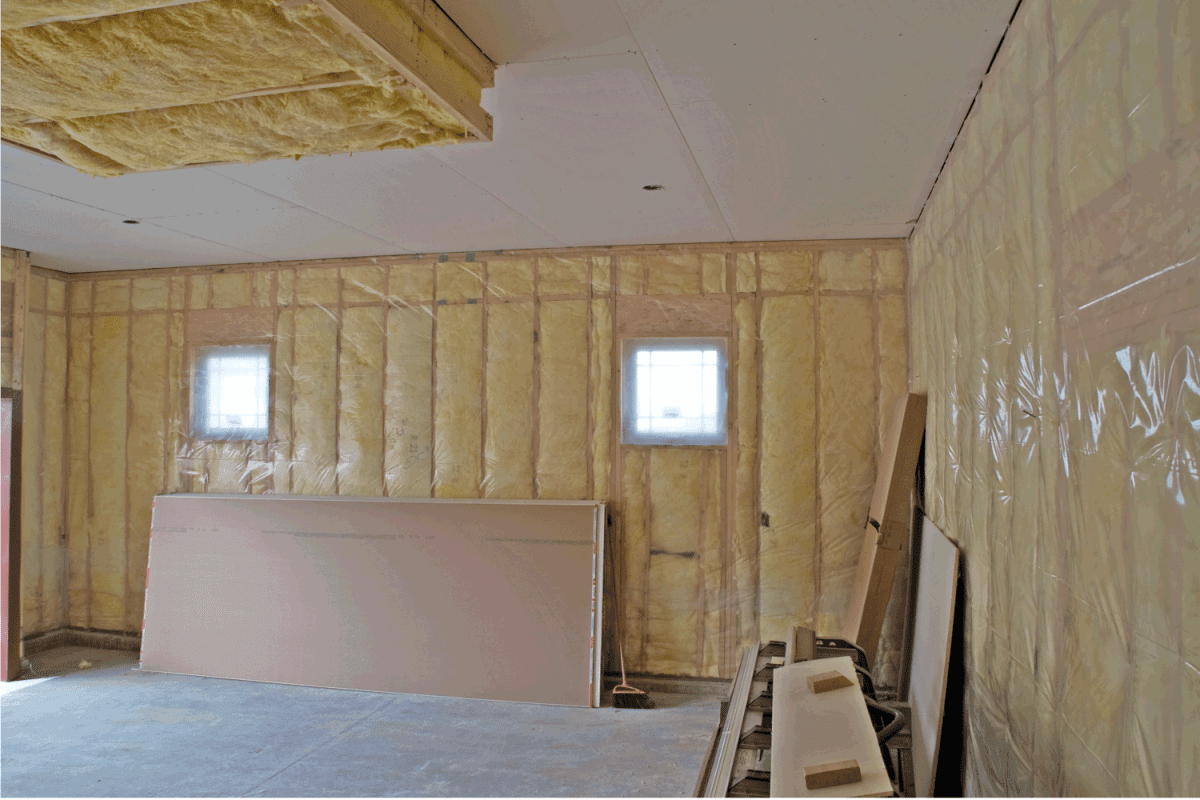
Insulated or Climate-controlled Garage
Before anything else, you must ensure the storage area is insulated. As we have mentioned earlier, paint does not react well to extreme hot or cold temperatures.
Make Use of Good Quality Storage Containers
Mason jars, plastic containers, glass jars, and metal paint buckets with lids are some containers you can choose from. Clear containers are best so that you are able to inspect the paint from time to time without opening the lid.
If possible, use vacuum-sealed jars because, during the process of sealing, any matter or elements that may react with the paint are sucked out by the vacuum.
Check out Clear Plastic Mason Jar on Amazon.
Clean the Lid Before Sealing
Cleaning the lid before sealing needs to be done because splashes of paint present on the rim of the lid or can harden, making it harder to open the container.
Gently wipe the wet paint off the rim using a damp cloth. If the substance has dried out, remove the paint with the use of a scraper.
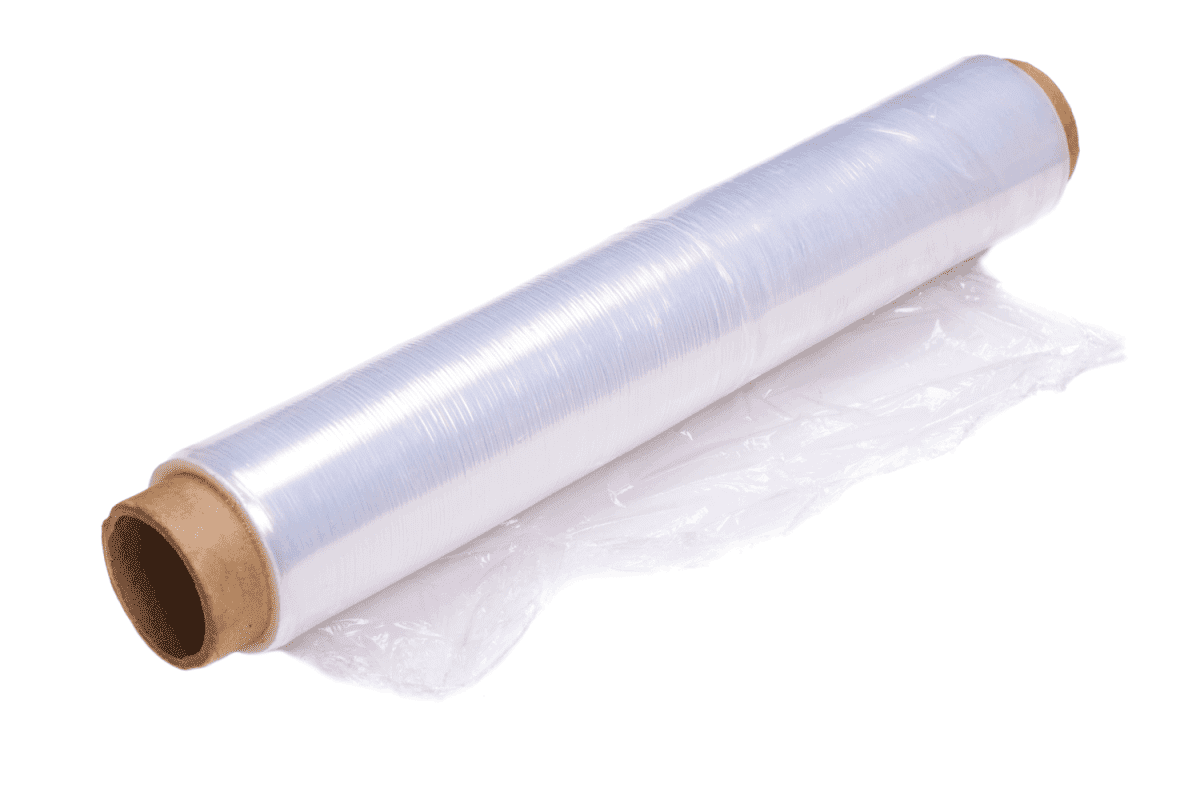
Ensure the Lit is Airtightly Sealed
For this to work, you should use plastic wrap. For increased security, affix the wrap onto the mouth of the container before placing the lid back. Afterward, close the lid using a rubber mallet (for cans), and then put another layer of plastic wrap on the top part of the jar or can.
After this, turn the cans upside down because this way, the weight of the paint inside would create a tighter seal.
Place the Paint Cans on Shelves
Avoid storing paints on concrete floors because the cans will rust quickly, affecting the quality of the paint. It is best to store them on shelves so that the base would be safe against water and concrete.
Check Garage Temperature Occasionally
Once you are finished with all the steps mentioned above, occasionally check the temperature to ensure a regulated storage space. By doing this, high and low humid environments can be avoided at the same time while protecting the said material.
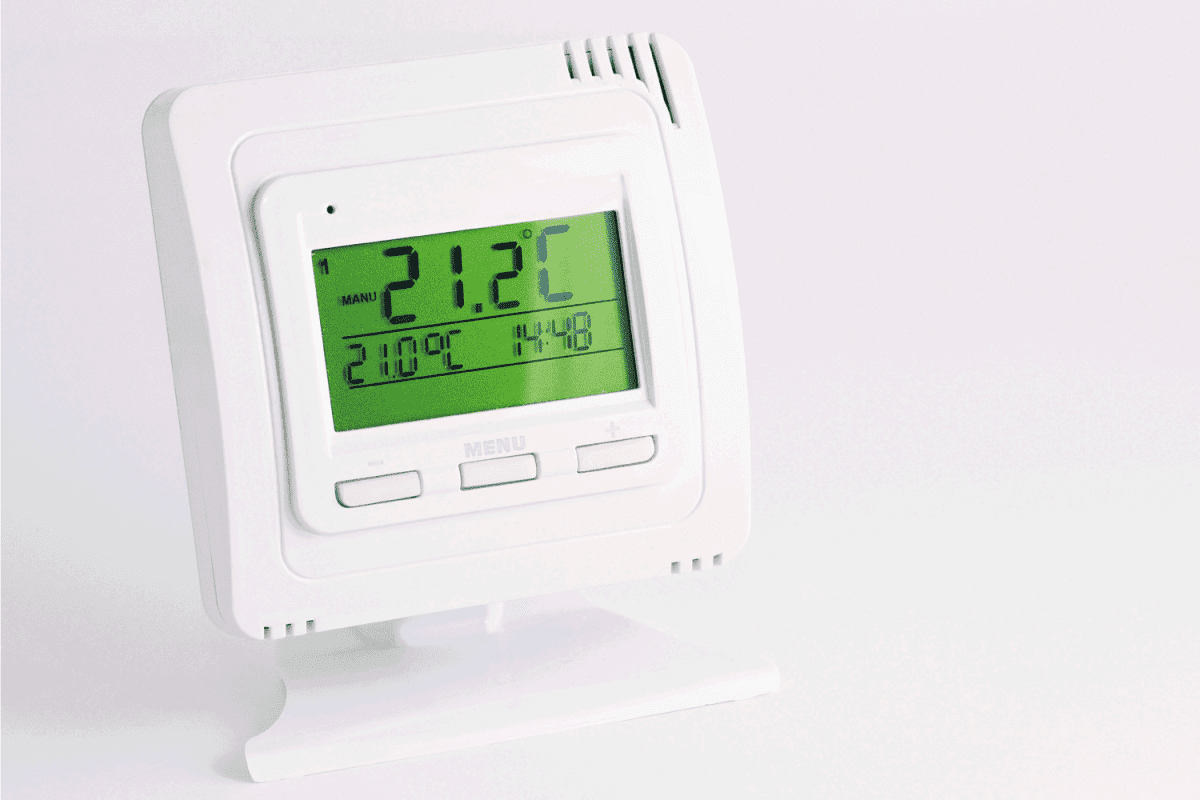
How to regulate the temperature in my garage?
Storing items such as paint, electronics, appliances, clothing, and even your car are sensitive belongings that are needed to be kept in climate-controlled storage areas to ensure their longevity. With that being said, here are simple ways you can achieve this:
1. Insulate Your Garage
Insulating is the best way to control the temperature inside your garage. It does not only keep the cold breeze out during winter months, but it also helps in keeping warm air out during the summer season.
There are two ways to do this:
Fiberglass Roll Insulation
Fiberglass roll is the most affordable and easiest method to insulate your garage if the interior walls have not been built.
Cellulose Insulation
Cellulose insulation will cost a bit more than the first method because you will have to utilize an insulation blowing machine. This option is best used for finished garage walls.
2. Make Use of Heating or Cooling Systems
Installing heating and cooling units are other ways to regulate the temperature inside your garage. Window air conditioners, heat pumps, portable air conditioners, and electric heaters are some of the best systems to use.
3. Use Humidity Control Appliances
Enclosed spaces are prone to unsafe humidity levels which can affect any sensitive items you store in your garage such as your paints. To prevent this, you can use a humidifier or dehumidifier along with your cooling or heating systems to help regulate the humidity.
4. Install Insulated Garage Doors
Garage doors also need to have insulating properties in order to minimize any temperature fluctuations. It also helps items stored in the garage such as your vehicle, paints, and any other belongings safe from the freeze-thaw cycle.
Where can you store paint other than the garage?
Cabinets, Shelves, Cupboards
Paints are best stored in dry, darker, and cool areas without direct sunlight making cabinets, shelves, and cupboards the best option. Since these are located indoors, you do not have to worry about temperature fluctuations and high or low humidity levels. Your home is equipped with temperature control systems all year round.
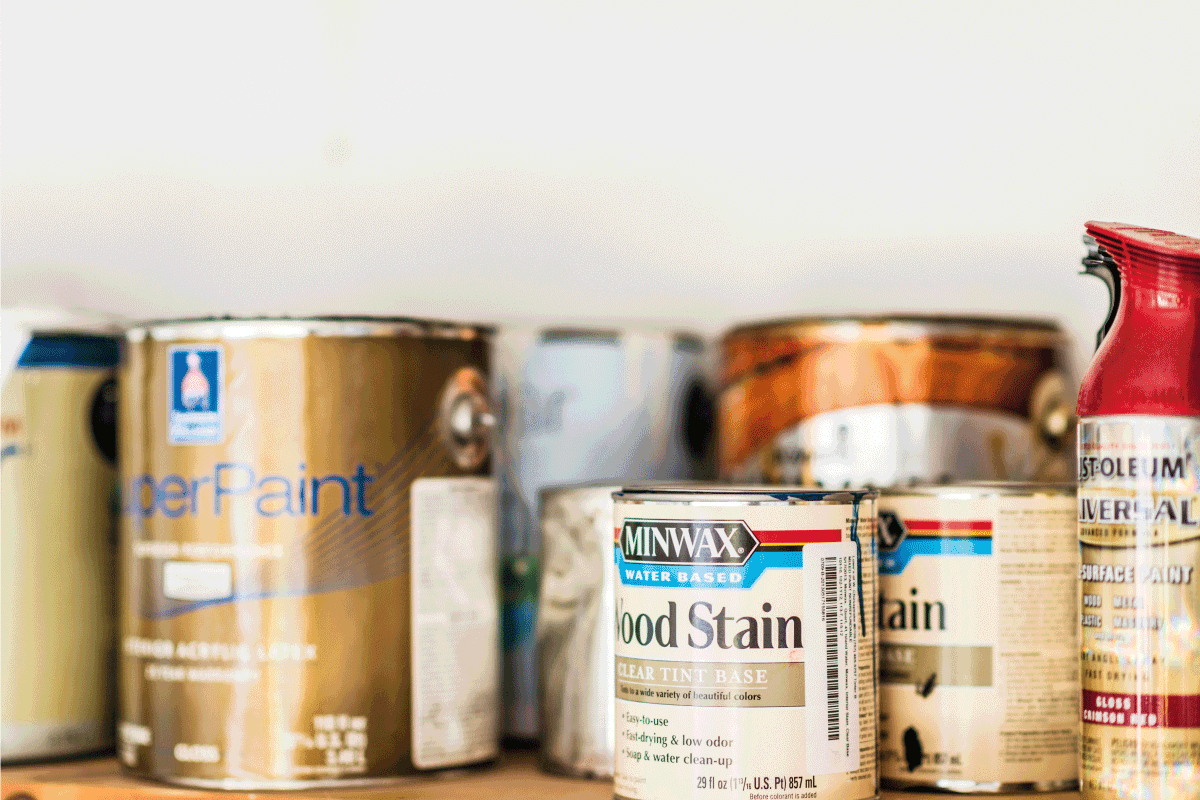
In Closing
Leftover paints or paints, in general, can still be used as long as they are stored properly. Temperature is the greatest factor that contributes to its overall quality and longevity.
If you have found this article helpful, check out these other informative topics:


